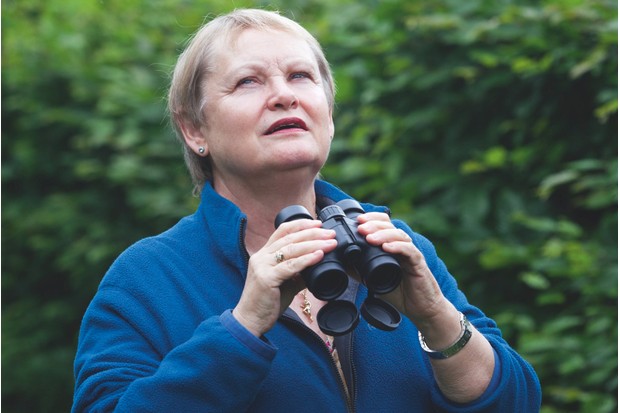Malaria is the number one killer in human populations in tropical and subtropical countries where the Anopheles group of mosquitoes is found.
The disease is caused by the Plasmodium parasite that grows within the female Anopheles mosquito and then passes to her prey in her saliva when she ingests the blood necessary to trigger the development of eggs.
- Deadliest insects: Discover the world's most dangerous insects to humans
- The deadliest parasites in the world: terrifying creatures you will want to avoid
There are hundreds of species and subspecies of Anopheles mosquitoes but only 55 of these are known to infect people with malaria. There are more than 200 species of Plasmodium parasites, but only five of these are dangerous to humans. As mosquitoes also feed on a variety of mammals, birds and reptiles, even if they do favour human blood, it stands to reason the rest of the Anopheles group, and the remaining 195 parasite species, must be capable of causing malaria in non-human animals.
Indeed, scientists working on malaria cures have long known this fact and have tested their treatments on infected monkeys, rodents and birds. And farmers and vets have routinely found malaria in livestock, wild birds and domestic pets.
In non-humans, symptoms can be similar to those experienced by people – high temperature, lethargy, loss of appetite, jaundice and difficulty breathing. Birds show weight loss, ruffled feathers and drooping heads. In all cases, malaria infection is confirmed by a blood test.
Discover amazing wildlife stories from around the world
- Four new tarantulas with huge genitals have just been discovered. Apparently males use them to fend off cannibalistic females
- "It's astonishing": animal in India sings when sun is precisely 3.8° below horizon every dawn, say scientists
- 'Living fossil' found hiding on riverbank in South Africa’s Swartberg Mountains
- Gigantic insect as long as a cat found in Australia. It may be the country's heaviest ever, say experts
Top image: an olive baboon scratching its arm. Credit: Getty





